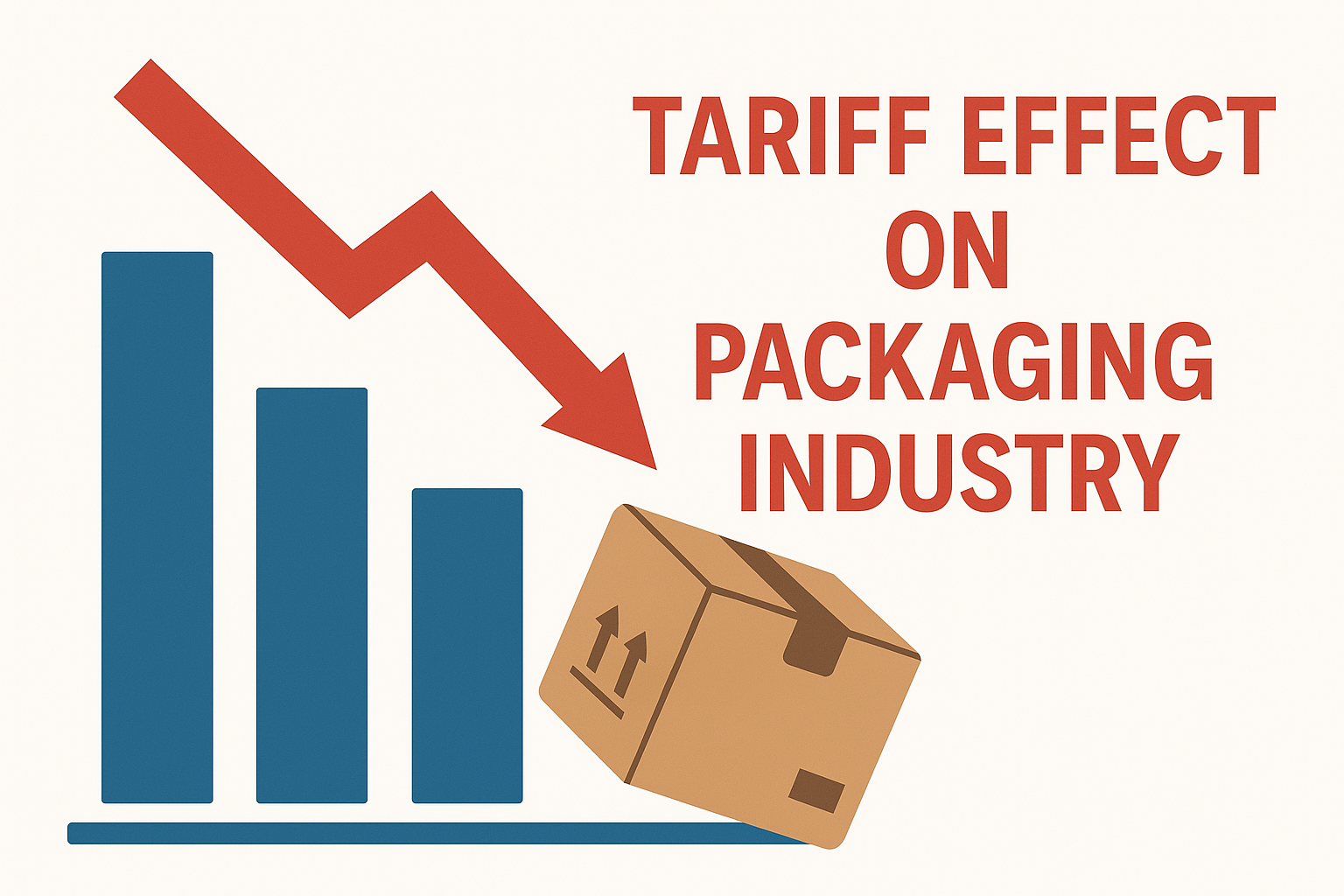
According to the latest insight from Defra, more than 67% of all packaging materials placed on the market in 2020 were recycled. Indeed, of the 12.6 million tonnes of packaging waste arisings, PRNs were issued for 7.8 million, including 76% of all metal packaging, 75.8% of glass and 65.6% of paper and cardboard.
But while packaging recycling rates should undoubtedly be celebrated, it’s important to pause and consider the 33% that didn’t make it to the reprocessing line – either sorted and sent for incineration or simply dumped in landfill. A minority percentage, granted, but still more than 4.8 million tonnes of waste – a weight equivalent to 32 blue whales, or 384,000 double decker buses.
Aluminium Packaging Recycling Organisation (Alupro) general manager Tom Giddings discusses why material choice, packaging design and product labelling can play a hugely pivotal role in engaging consumers, changing behaviours and maximising kerbside recycling rates.
Who is to blame?
The easy answer would be to point the finger of blame at a plethora of external factors, all combining to justify this tonnage. After all, insufficient education, inconsistent collection systems, accidental contamination, and dwindling consumer engagement all undoubtedly play their part.
However, we should instead see this as an opportunity to further improve packaging recycling rates. As an industry, we have an obligation to work collaboratively to reduce the volume of packaging sent to landfill and improve the circularity of the supply chain. As an industry, we need to find a solution.
But what can packaging manufacturers do to help? In short, by not only leading the way with incremental improvements when it comes to material choice, packaging design and product labelling – three elements capable of revolutionising recycling rates – but also by reaching out to brands and encouraging them to make more sustainable choices when it comes to their packaging choices.
Design for recycling
When it comes to effective packaging design to maximise recycling rates, simplicity is key. We need to make it easy for consumers to recycle their spent packaging, not a chore to separate material types, identify which can and which can’t be recycled, research which streams they should be placed in and be engaged throughout.
As such, we need to ensure that product packaging is designed, from the beginning, with the end goal of optimum recyclability. In essence, embracing design for recycling principles.







